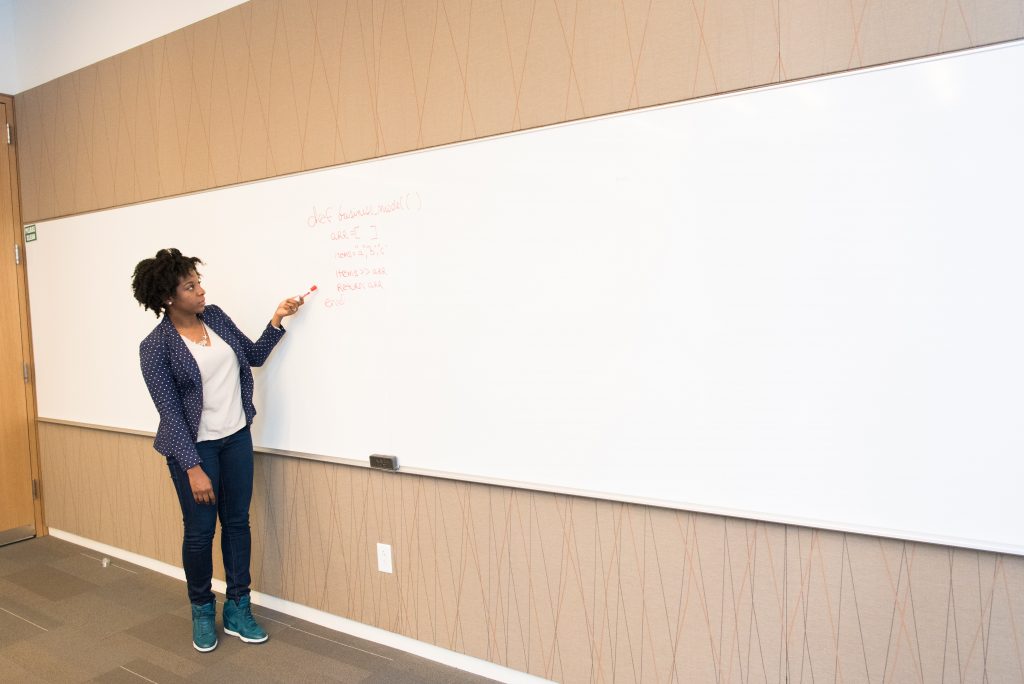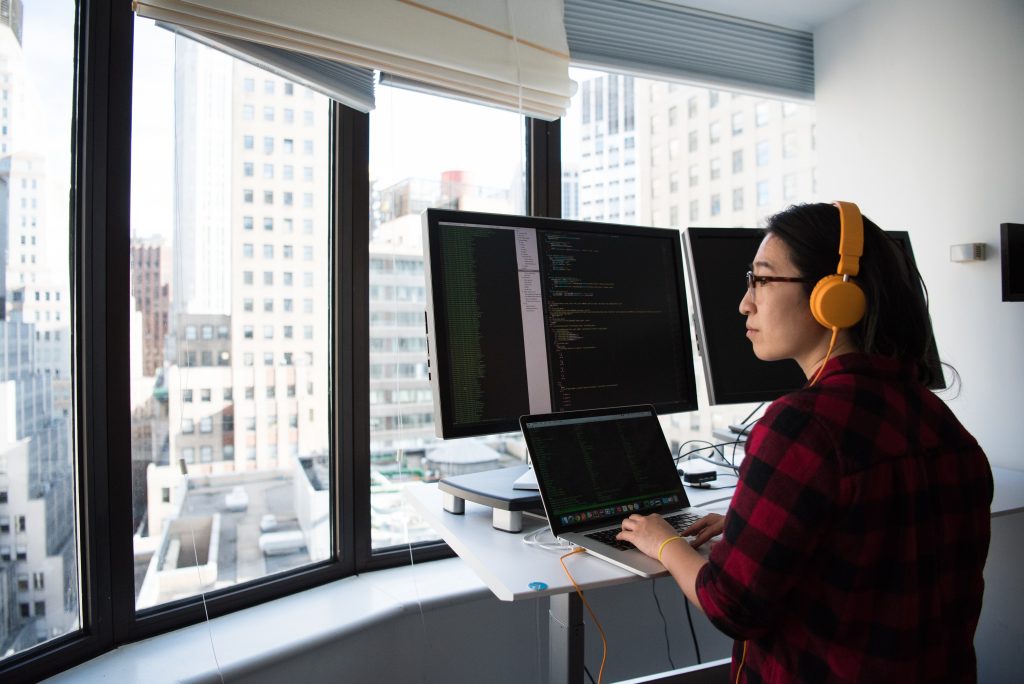Slow Your Roll
A new day, a new bad take on the subject of education.
Over in yesterday’s edition of Harvard Business Review, Vijay Govindarajan and Anup Srivastava suggested that online learning’s moment had come.
Right now, the Coronavirus pandemic is forcing global experimentation with remote teaching. There are many indicators that this crisis is going to transform many aspects of life. Education could be one of them if remote teaching proves to be a success. But how will we know if it is? As this crisis-driven experiment launches, we should be collecting data
No. No we should not.
Teaching well is the work of a lifetime. It’s like any academic field – you have to learn from the people who’ve gone before you, take the time to read and process the contemporary ideas of others, think about what kind of teacher you want to be, and eventually get your feet wet in a classroom. For the lucky, this process begins in graduate school. For the less lucky, it begins when they actually begin to teach, whether in a face-to-face environment or online.
But just as we don’t expect people who’ve just written a dissertation to be experts at producing a book, we can’t expect people who’ve just begun the process of being a teacher to do everything well. All educators find there’s a gap between what they thought teaching would be like and what it’s actually like when they begin the work. All educators make mistakes, and (hopefully) with robust support, learn from them. I didn’t relax into my role as a professor until my fourth year of employment. I have changed my pedagogy multiple times since then, thanks to the wisdom offered to me by others in articles, books, webinars, face-to-face workshops, and teaching institutes.

But no matter how many years of educational work we have under our belt, those of us who are used to face-to-face teaching are, in this moment, beginners again. To do this educative work well, we need time to read, think, and practice our craft; we need support from experts; we need well-equipped IT teams at our back; and we need to learn from our mistakes.
So no, we shouldn’t be collecting data about “online teaching” right now. We are providing emergency instruction – a stop-gap measure. We are doing our darndest to provide our students with opportunities to connect, material to process, outlets for their thinking, and support through a tremendously difficult moment. But the future of pedagogical practice cannot and should not rest on the evaluation of a whole host of brand-new-to-the-experience teachers. (For an eloquent, deeper exploration of why assessment of “online teaching” is a bad idea right now, see Thomas Tobin’s article in the Chronicle of Higher Education from last week.)
(And dear authors of this article, who are business professors: that wouldn’t fly in any industry, so why would it fly here?)
(Also, who would you propose as your control group, right now?)

But there’s more!
“Do students really need a four-year residential experience?” ask the authors.
First, any educator worth their salt knows that the four-year residential experience is far from universal. Our colleges and universities are filled with students who commute, who fall outside the 18-22-year-old age bracket, who have children and elders for whom they care, who juggle work alongside classes, and who take courses online. Are the authors seriously suggesting that these students are not part of higher ed?
Second, the authors distill down “a four-year residential experience” in purely professor-to-student, instructional terms. The “traditional” four-year residential experience is not simply about the medium by which you receive your education. It’s about all the intangible realities of leaving home and learning to rely on yourself – it’s about independence, and conflict management, and building networks of friendship and common interest. It’s about clubs and societies and tutoring and charitable work. It’s about making decisions about what’s most important to you at any given time. It’s about collaboration. It’s about making a life, not simply putting academic information into one’s head and being able to retrieve it later.
And then!
Not all faculty members are comfortable with virtual classrooms and there is a digital divide among those who have never used even the basic audio-visual equipment, relying on blackboards and flipcharts, and younger faculty who are aware of and adept in newer technology. As students across the nation enter online classrooms in the coming weeks, they’re going to learn that many instructors are not trained to design multimedia presentations, with elaborate notations and graphics.
Give me a break.
The digital divide is real, but it’s not predicated on age. At my own college, there are many older faculty who outstrip me in technological smarts, and many people younger than me who struggle to use Google Meet. Depending on where we live, we have good or bad wifi. Depending on our personal financial situation, we have old or new computers. Multimedia presentations with “elaborate notations and graphics” are also absolutely unnecessary teach well. In fact good online teachers strive to provide low-tech options to all students to tackle an even bigger digital divide – that between students who have computers, tablets, good wifi, and those who do not.
There is so much more I could say – so many more assumptions in the article I could take apart. But excuse me while I go and provide, with all my heart and soul, an emergency online stop-gap education for my students.